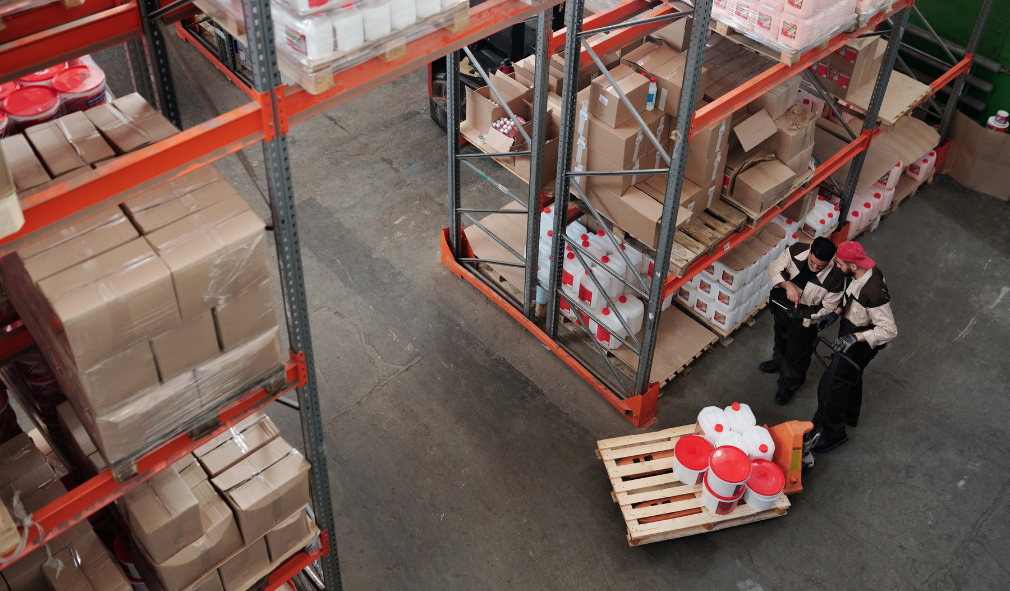Wholesale distribution businesses can’t do much about the external forces shaping the economy or competitors encroaching on their markets, but they can optimise their internal systems to maximise resilience and flexibility.
A wholesale distribution business with streamlined workflows, real-time visibility and efficient systems is better positioned to identify upcoming issues and respond proactively, rather than scrambling to deal with problems when they arise.
If you’re not using the right business management software, you could be missing those benefits – and even damaging your business in the long term.
Here are seven signs your current system isn’t working for you:
1. Issues slip though the cracks
- An effective business management system should be able to flag problems at an early stage, so you can resolve them promptly. For example, if price changes on the supply side are flagged early, you can tweak your pricing to suit.
2. Inaccurate inventory tracking
- If your system isn’t keeping track of inventory, customers will face delivery delays or disappointment when a product isn’t available. Staff will waste time hunting down lost items or reordering, and the business may overspend on unwanted stock.
3. Multiple warehouses, multiple problems
- Managing stock levels across multiple warehouses can be complicated. If your system can’t track stock movement across multiple locations, monitor inventory levels, split orders between warehouses and allocate stock as needed, it is very likely to slow you down.
4. Lack of collaboration and communication
- Effective communication between warehouses, offices and other locations is essential to running a wholesale distribution business. If your teams are using disparate systems without an easy way to connect, communication can break down. This creates a range of problems: bottlenecks that slow workflows, delayed or incomplete reporting thanks to lack of data sharing, and a general lack of cohesion between teams.
5. Data-entry double-ups
- With an effective system, data entry and other manual processes should be minimal. Recording stock details by hand, using spreadsheets for data analysis, and manually entering information into multiple systems are a waste of precious hours – and a sure sign that you need to look at other options.
6. Order fulfilment issues
- Getting the right items to the right places at the right times is the chief purpose of a wholesale distribution business. If you’re not getting orders into customers’ hands, you won’t last long.
7. No single source of the truth
- Keeping tabs on inventory, orders, multiple warehouses, office locations, staff and customers is difficult without a central point of reference for your business. Disconnected software systems mean you don’t get at-a-glance updates – for example, there may be no easy way to see the day’s sales numbers or check stock levels for a specific item. As a result, you don’t have the information you need to make good business decisions in the long term – without visibility of upcoming orders, it’s difficult to replenish stock at the right levels.
When you’re working in a complex sector and facing multiple issues, you may spend all your time putting out fires.
It’s easy to put off major change until after the next crisis, but in today’s competitive and ever-changing business environment, that could mean you’re left behind.
That’s where ERP solutions come in. Investing in a purpose-built ERP platform can be transformational, improving every part of your business and helping you switch from crisis-management mode to a proactive, growth-focused approach.
Learn how an ERP system can allow your whole distribution business to thrive here.
